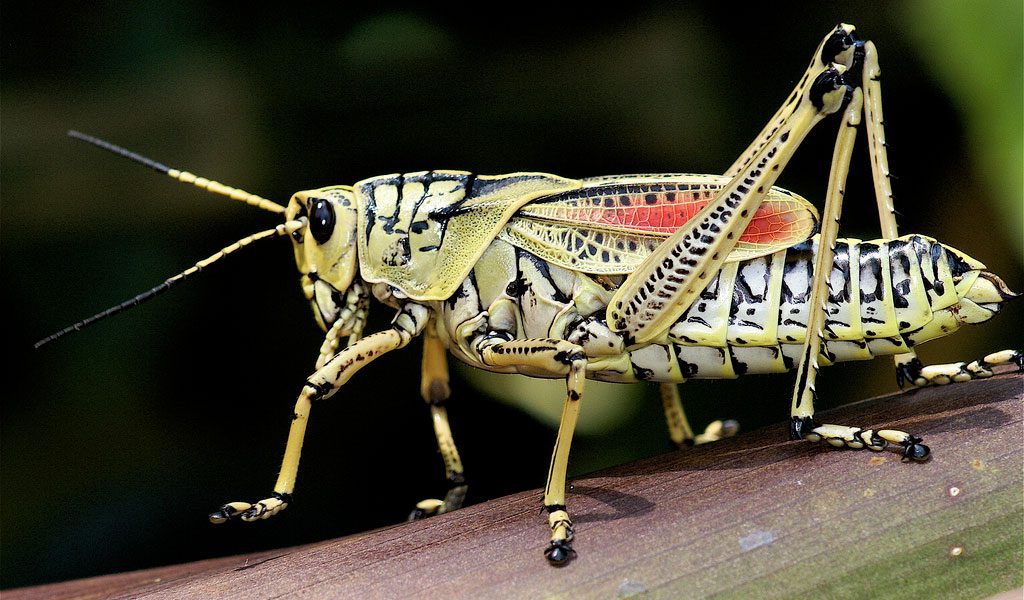The typical adult grasshopper can leap 20 times its body length horizontally and 10 times vertically if you could leap like a grasshopper you could jump as high as a 5 story building or cross a football field in 3 jumps

The Leaping Power of Grasshoppers: Defying the Bounds of Physics

Grasshoppers, those remarkable creatures that seem to effortlessly glide through meadows and fields, possess an astounding ability to leap. With a small flick of their powerful hind legs, they catapult themselves into the air, defying the limits of their tiny frames. In fact, the typical adult grasshopper can leap an astonishing 20 times its body length horizontally and 10 times vertically1^.
Think about that for a moment. If we, as humans, possessed the leaping prowess of a grasshopper, we would be able to jump as high as a 5-story building or effortlessly cross a football field in just three leaps. It’s a feat that seems almost impossible, yet these fascinating insects accomplish it with ease.

But how do grasshoppers achieve such incredible leaping abilities? Let’s delve into the science behind their phenomenal powers.
Grasshoppers possess specially adapted hind legs that are built for jumping. These legs are equipped with powerful and well-developed muscles, which allow them to generate the force needed to propel themselves into the air. When preparing for a leap, grasshoppers store potential energy in their enlarged hind leg joints through muscle contractions. When they are ready to jump, they release this energy rapidly, sending their bodies soaring through the air.
The secret to their exceptional leaping abilities lies in biomechanics and the unique structure of their legs. Grasshopper legs act like a spring, storing and releasing energy efficiently. This efficient energy transfer enables them to achieve remarkable heights with each jump.
But why do grasshoppers need to leap such great distances? For these agile insects, jumping serves several purposes. First and foremost, it is a survival mechanism. Grasshoppers use their leaping abilities to escape from predators, such as birds and frogs, by quickly putting as much distance as possible between themselves and danger.
Additionally, jumping plays a crucial role in the grasshopper’s mating rituals. Male grasshoppers display their athleticism to attract females, showcasing their ability to leap great distances as a sign of strength and reproductive fitness.
The natural world never ceases to amaze us with its wonders, and the leaping power of grasshoppers is undoubtedly one of them. By defying the bounds of physics, these incredible creatures have unlocked a whole new dimension of movement.
So the next time you see a grasshopper take flight, take a moment to appreciate the remarkable physics behind its leap. And perhaps allow yourself to wonder: What if we, too, could soar through the skies with the grace and agility of a grasshopper?
Tags
Share
Related Posts
Quick Links
Legal Stuff

